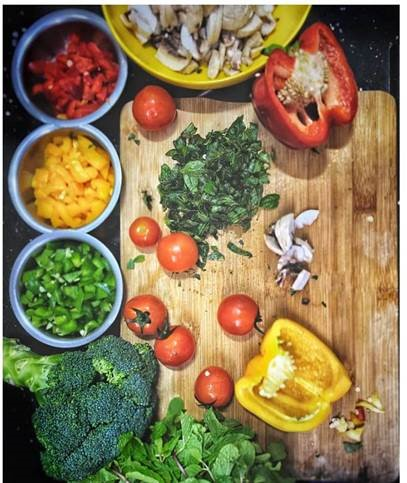This website uses cookies so that we can provide you with the best user experience possible. Cookie information is stored in your browser and performs functions such as recognising you when you return to our website and helping our team to understand which sections of the website you find most interesting and useful.
G3/19: Products exclusively obtained by an essentially biological method finally excluded from patentability
Paris, May 28, 2020 – G3/19 concerns a referral to the Enlarged Board of Appeal by the President of the European Patent Office (EPO) following decision T1063/18 (Pepper) by a Board of Appeal which concluded that Rule 28 (2) EPC, prohibiting the grant of a European patent for plants obtained exclusively by an essentially biological process, was in conflict with the previous interpretation of Article 53 (c) EPC by the Enlarged Board of Appeal in decisions G 2/12 and G 2/13 (Brocoli / Tomato).

Indeed, the prior decisions G2 / 13 and G3 / 13 had concluded that the exclusion from patentability of a claim directed to an essentially biological process for the production of plants had no impact on claims directed to products (ie plants or parts of plants), even if these products were obtained by such a process.
In decision T1063/18 the Board of Appeal thus concluded that Rule 28 (2) EPC was void.
The President of the EPO then referred the question of the patentability of plants exclusively produced by essentially biological processes to the Enlarged Board of Appeal.
In G3/19, the Enlarged Board not only considered the referral admissible, but also modified the previous interpretation of Article 53 (c) EPC by concluding that plants and animal products, as the subject of a claim, and exclusively obtained by an essentially biological process, are not patentable.
This decision G3/19 seems to contradict the previous decisions G2/12 and G2/13. An EPO press release explains that: “On the merits of the referral, the Enlarged Board agreed with its previous conclusions on the scope of Article 53 (b) EPC, which were based on the methods of classical interpretations (i.e. grammatical, systematic, teleological and historical). However, the Enlarged Board noted that a particular interpretation which had been given to a legal provision could never be considered to be set in stone, since the meaning of that provision could change or evolve over time. This meant that decisions G 2/12 and G 2/13 did not settle once and for all the meaning of Article 53 (b) EPC…. The Enlarged Board concluded that the new Rule 28 (2) EPC indeed permitted and requested a dynamic interpretation of Article 53 (b) EPC “.
It should be noted that this Decision will not have retroactive effect on patents and patent applications filed before July 1, 2017, the date of entry into force of Rule 28 (2) EPC. Incidentally we note that this provision goes against the decision of the Administrative Council of the EPO when Rule 28 (2) EPC came into force.
This decision appears surprising to a number of practitioners, but it must be noted that it is part of a current trend already well advanced in different member states of the EPC with regard to the patentability of plants. Since 2010, Germany, France and the Netherlands have modified their national legislation in order to expressly exclude from patentability plants and plant parts, obtained by essentially biological processes.
In particular, the French Code of Intellectual Property, modified by law 2016-1087 of August 8th, 2016, specifies the scope of exclusions from patentability via paragraph 3°bis inserted in its article L. 611-19, which provides that the following products are excluded from patentability: “Products exclusively obtained by essentially biological processes defined in 3°, including the elements which constitute these products and the genetic information which they contain”.
We will come back with a more detailed analysis of this decision, including the impact it may have on current proceedings as well as on future patent applications in the field and additional questions it raises.
